What circuits are there?
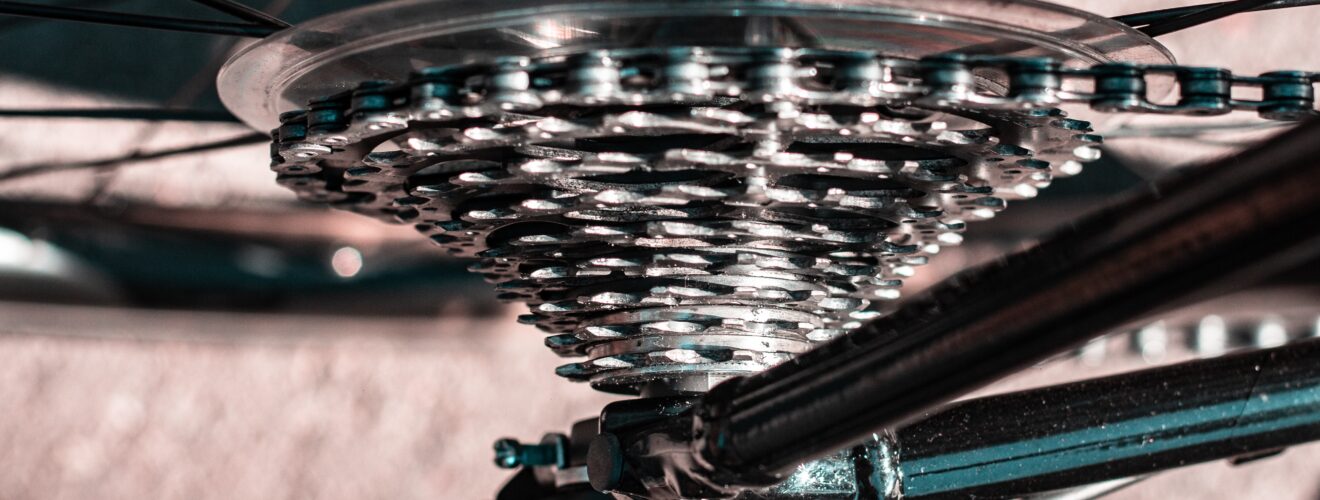
The derailleur
The derailleur is the most widespread and at the same time the cheaper variant. It is popular for sporty bikes and in mountainous regions. Mountain bikes and trekking bikes are equipped with them, as are racing bikes. The difference is the number of cranks, which are 1-speed on sporty bikes and max. 3-speed on touring bikes. So if you tend towards a touring bike, you will also find more chainrings. Derailleur gears can have 5 – 27 gears. On a 27-speed bike, there are 3 chainrings and a 9-speed sprocket cassette at the rear.
Advantages
- Durability
- Cheaper than hub gears
- High gear ratio
- Low weight
- Spare parts can be changed more easily
Disadvantages:
- Higher wear as parts are exposed and get dirty more quickly
- Shifting only while pedalling
- Higher maintenance requirements
The hub gears
This type of gear is mostly found on city bikes or everyday bikes. They require less maintenance/care but are a little heavier than derailleur gears.
Advantages:
- Easy to use
- Requires less maintenance/care
- Can be shifted while stationary
- Well protected, as they are sealed
- Durable
Disadvantages:
- Heavier than a derailleur
- Higher price
- The gear ratio is somewhat poorer than with derailleurs
- Repairs are more expensive
The bottom bracket gear
A bottom bracket gear is constructed like a car. This gear system is still relatively new and designed for heavy use. In bad weather or for very long distances, bottom bracket gears could be ideal. The gears are not on the hub, but work directly on the crank. The installation ensures a low centre of gravity. The gearbox was developed by the Pinion company, which is why it is also called Pinion gears. It is almost maintenance-free and very robust, and it can optionally be converted to a toothed belt drive.
Advantages:
- Almost maintenance-free
- Can be shifted while stationary
- Low maintenance and robust
- Better centre of gravity of the bike
- Toothed belt compatible
Disadvantages:
- High maintenance
- More expensive
- Higher weight
- High frictional resistance
- Not upgradeable on most bikes
Electronic shifting or mechanical shifting?
The royal class of gears. Professional cyclists and triathletes rely on a precise electronic system because the gear is changed at the touch of a button. With the mechanical system, you still have to operate a lever to engage the gear. Especially on long distances, this can be exhausting.
The mechanical gearstick
Mechanical gears have been around almost as long as bicycles themselves and have a right to exist. Not only nostalgics and purists count on this robust technology, but also most professional cyclists. However, the trend is clearly going in the direction of electronic gears. Between 30 and 50 % of competition bikes, are already equipped with electric gears.
Advantages:
- Lighter than electronic gears
- Cheaper
- Less complicated technology
- Easy maintenance
Disadvantages:
- Engaging the gears is more cumbersome or requires more effort.
- Less precise
- Assembly is more complicated
- Needs more maintenance
The electronic gearstick
The royal class of gearsticks. Professional cyclists and triathletes rely on the precise electronic system because the gear is changed at the touch of a button. With the mechanical system, you still have to operate a lever to engage the gear. The decision – electric or mechanical – is a question of comfort and budget. For those who travel a lot and cannot and do not want to be so careful with their equipment, mechanical gears are certainly the better choice.
Advantages
- Precise gear changes
- Minimal effort
- Low maintenance and care requirements
- Easy to assemble
- Long battery life
- High reliability
- Gear change from different positions
Disadvantages:
- Higher purchase costs
- Higher weight
- More complicated installation on older bikes
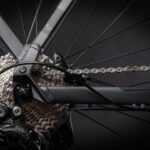
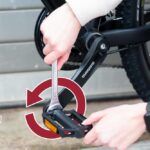


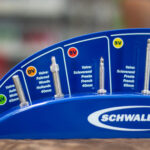
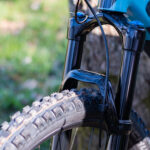
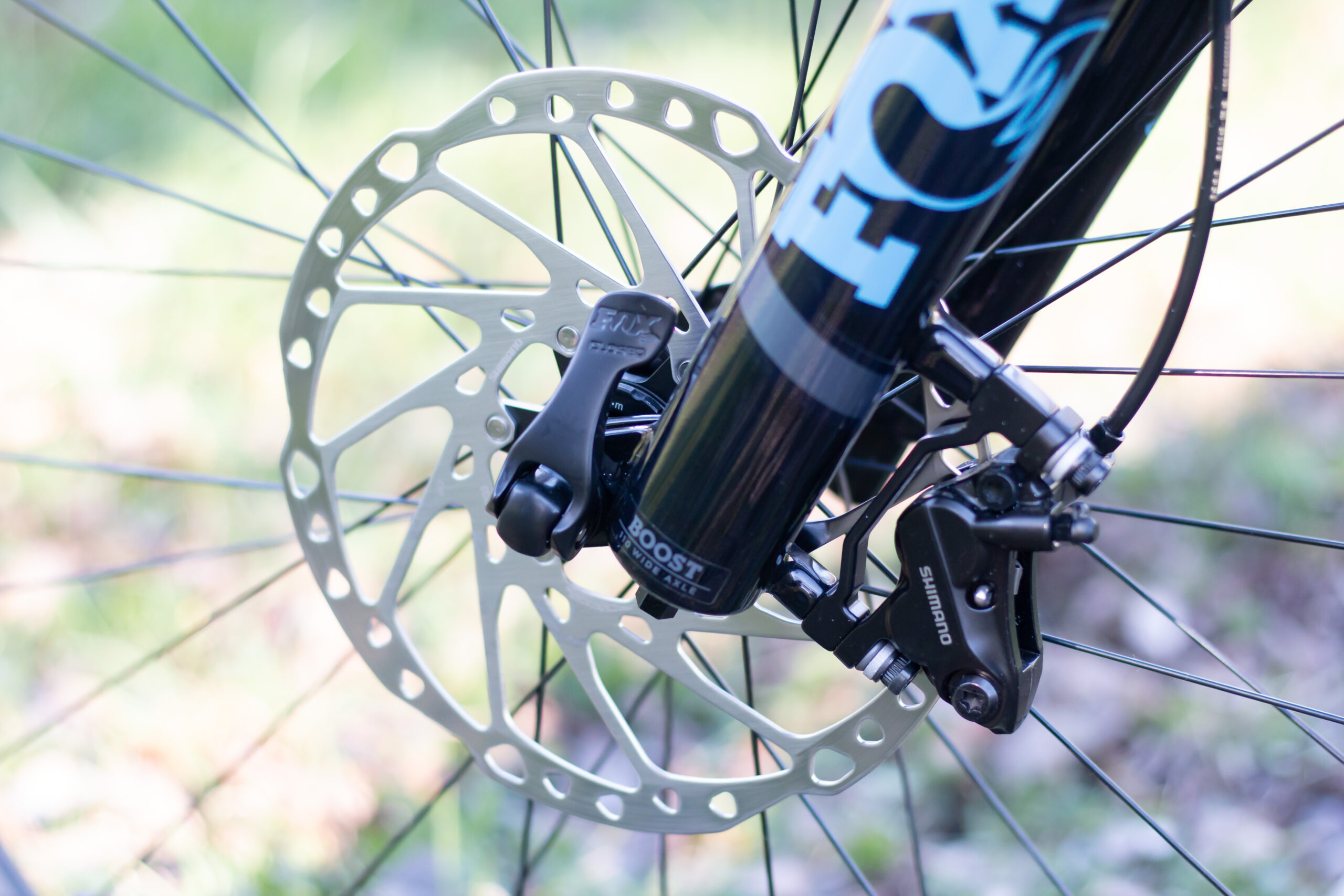

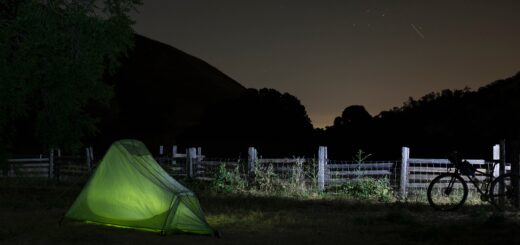
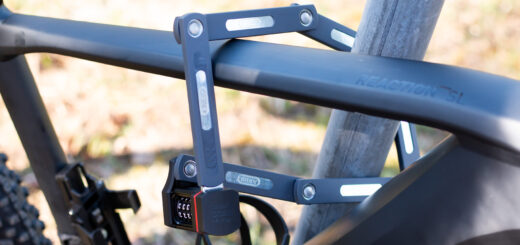
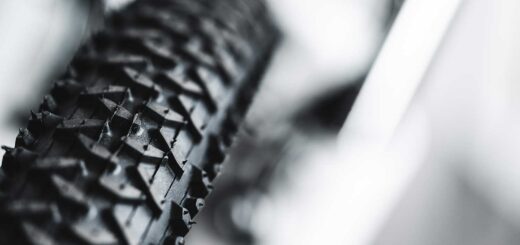








Recent Comments